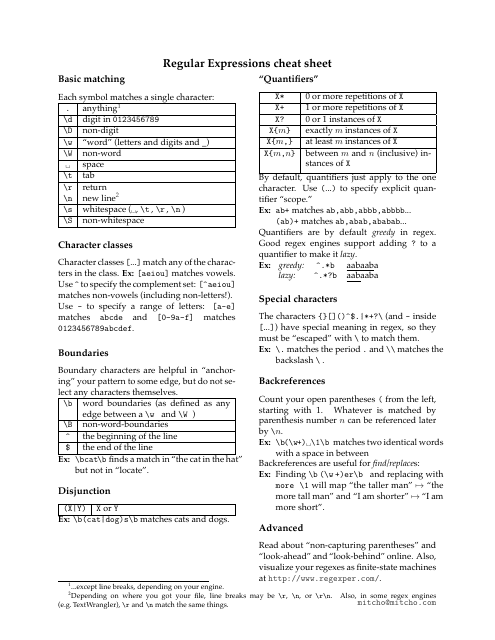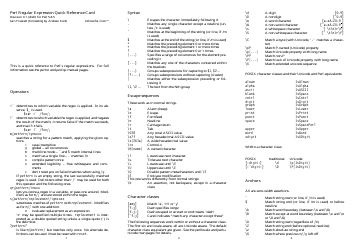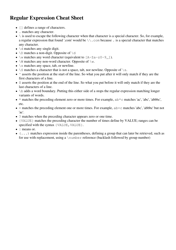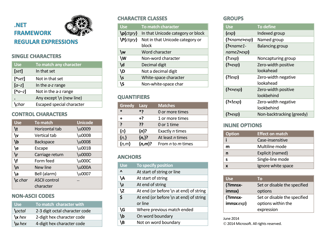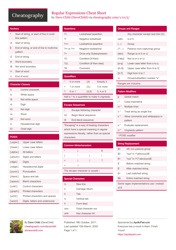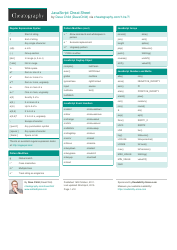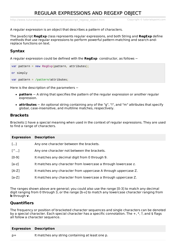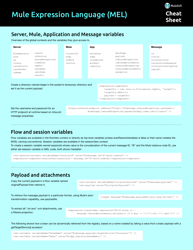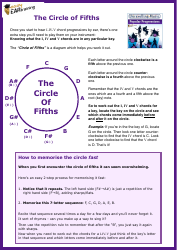Regular Expressions Cheat Sheet
A Regular Expressions Cheat Sheet is a reference guide that provides a quick overview of the syntax and rules used in regular expressions. It helps users quickly find and understand the various patterns and symbols used in regular expressions for searching and manipulating text.
The Regular Expressions Cheat Sheet can be filed or created by various individuals or organizations who have knowledge and expertise in regular expressions. It is not specifically associated with any one particular entity.
FAQ
Q: What is a regular expression?
A: A regular expression is a sequence of characters that forms a search pattern.
Q: What are regular expressions used for?
A: Regular expressions are used to match and manipulate strings of text.
Q: What are some common uses of regular expressions?
A: Regular expressions are commonly used for data validation, text searching, and text manipulation.
Q: What are metacharacters in regular expressions?
A: Metacharacters are characters that have a special meaning in regular expressions, such as *, +, and ?.
Q: What is a character class in regular expressions?
A: A character class is a set of characters enclosed in square brackets, used to match any single character within that set.
Q: What is the difference between greedy and lazy matching in regular expressions?
A: Greedy matching tries to match as much as possible, while lazy matching tries to match as little as possible.
Q: What is the backslash () used for in regular expressions?
A: The backslash is used to escape metacharacters and give them their literal meaning.
Q: What is the dot (.) metacharacter used for in regular expressions?
A: The dot metacharacter matches any single character except a newline.
Q: What is the pipe (|) metacharacter used for in regular expressions?
A: The pipe metacharacter is used to match either the expression before or after it.
Q: What is the dollar sign ($) metacharacter used for in regular expressions?
A: The dollar sign matches the end of a line or string.
Q: What is the caret (^) metacharacter used for in regular expressions?
A: The caret matches the beginning of a line or string.
Q: What is a word boundary in regular expressions?
A: A word boundary matches the position between a word and a non-word character.
Q: What are quantifiers in regular expressions?
A: Quantifiers specify how many repetitions of a character or a group are allowed. Examples include *, +, and ?.
Q: What are capturing groups in regular expressions?
A: Capturing groups are used to save and reuse parts of a matched pattern.
Q: What is a non-capturing group in regular expressions?
A: A non-capturing group is used to group subpatterns without capturing the matched text.
Q: What is a lookahead assertion in regular expressions?
A: A lookahead assertion is used to make sure that a pattern is followed by another pattern without including it in the match.
Q: What is a lookbehind assertion in regular expressions?
A: A lookbehind assertion is used to make sure that a pattern is preceded by another pattern without including it in the match.
Q: What is a backreference in regular expressions?
A: A backreference is used to match the same text that was previously matched by a capturing group.
Q: What is the match() function in regular expressions?
A: The match() function is used to find matches of a pattern in a string.
Q: What is the search() function in regular expressions?
A: The search() function is used to search for a pattern in a string.
Q: What is the findall() function in regular expressions?
A: The findall() function is used to find all occurrences of a pattern in a string and return them as a list.
Q: What is the sub() function in regular expressions?
A: The sub() function is used to replace occurrences of a pattern in a string with a specified replacement text.
Q: What is the split() function in regular expressions?
A: The split() function is used to split a string into a list of substrings based on a specified pattern.
